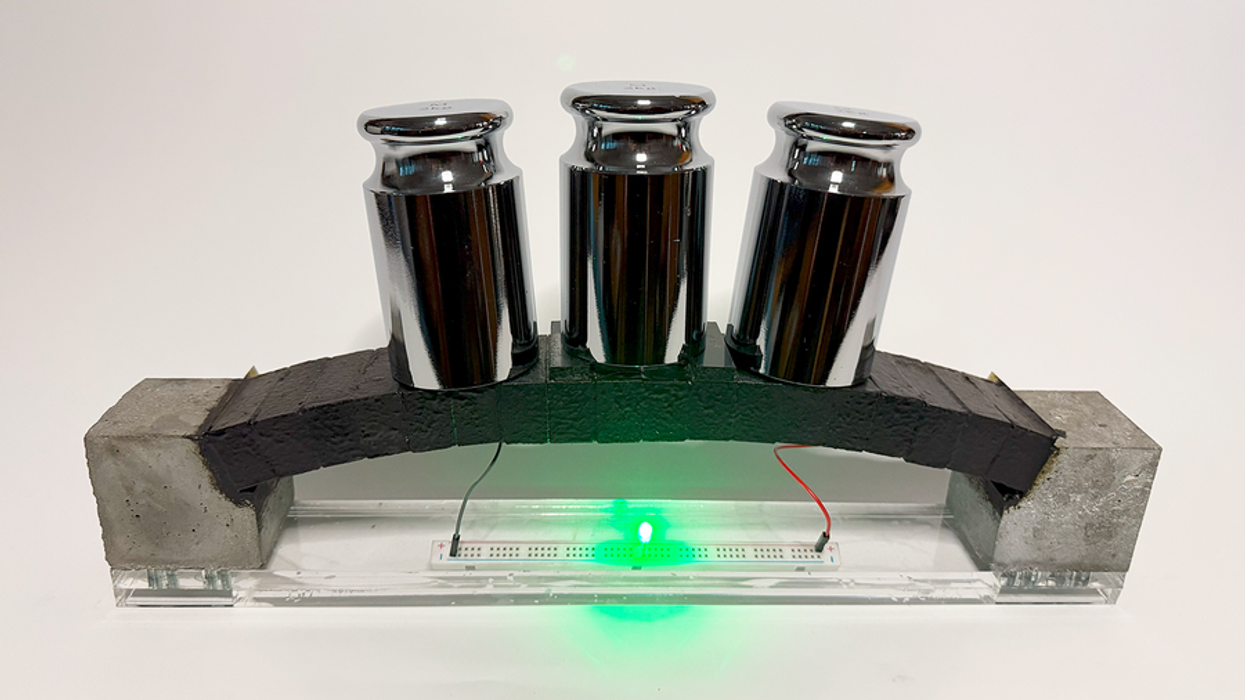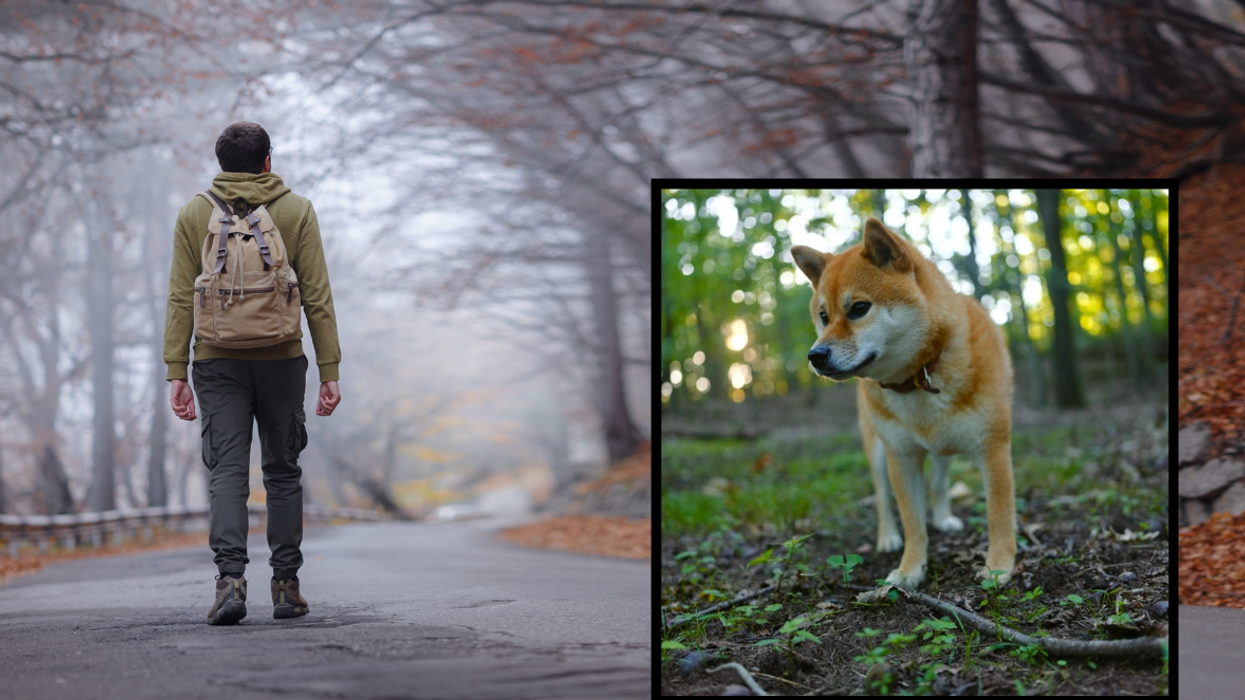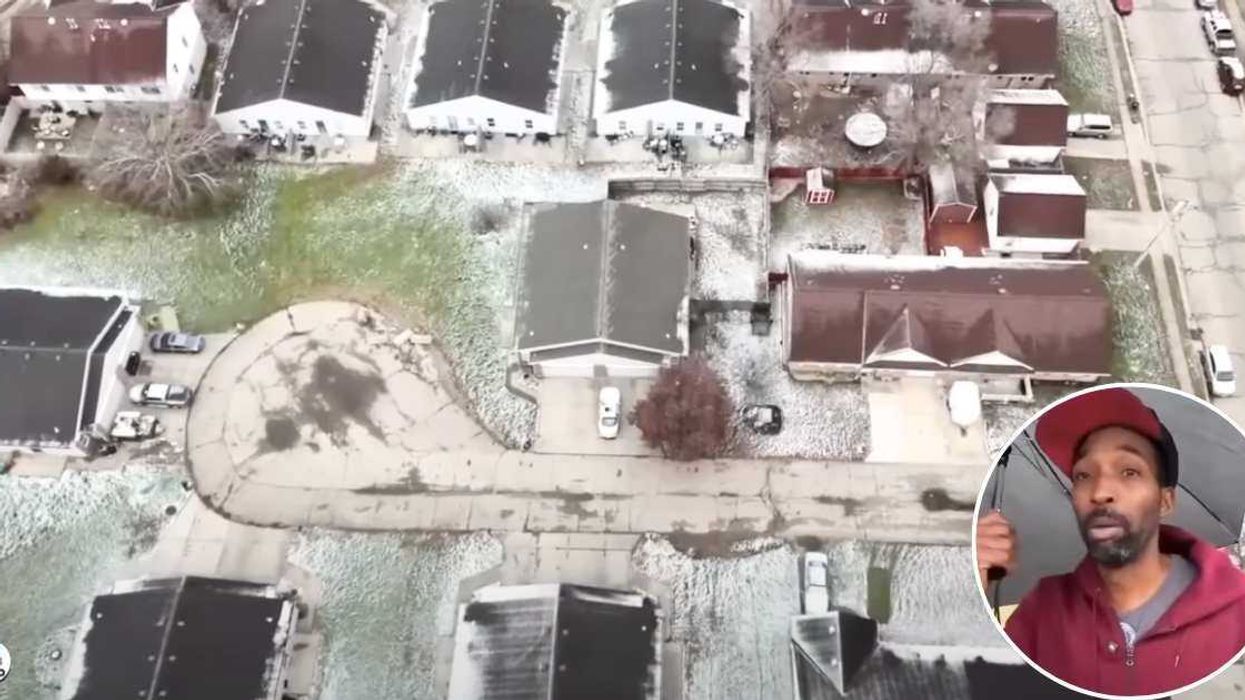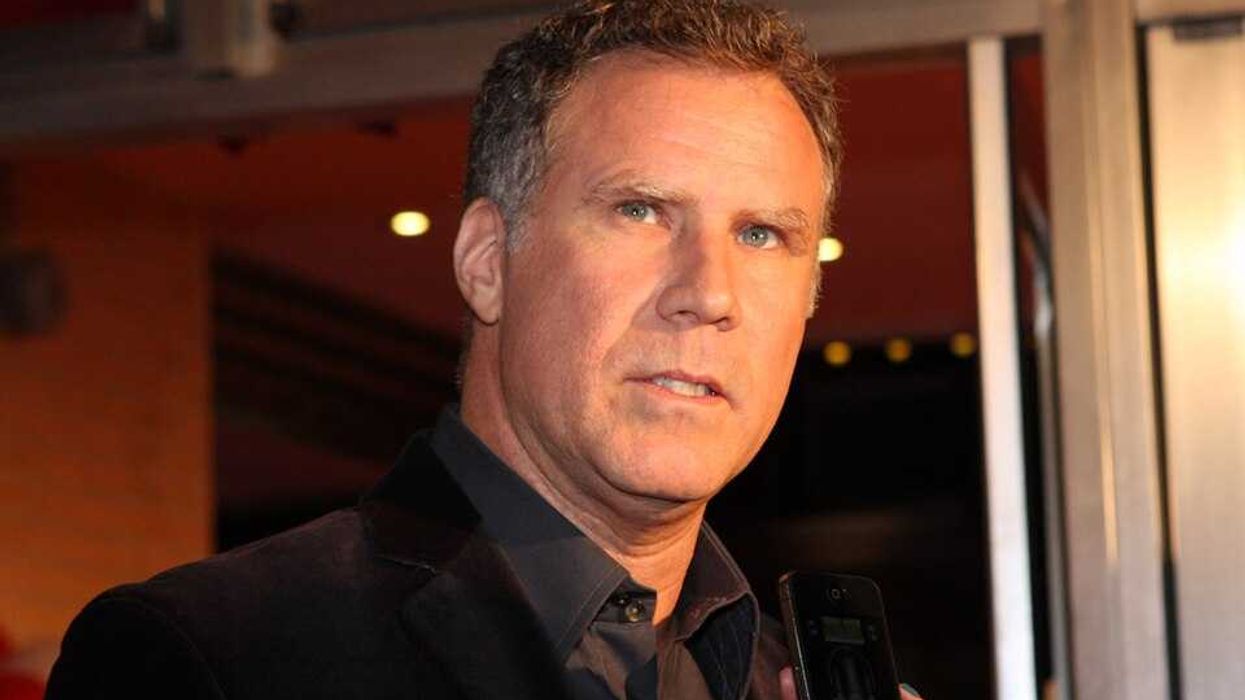It’s Red Nose Day in the United States, which means people nationwide are donning silly red noses to show that they’re committed to ending child poverty around the world. Given the enduring popularity of the film Love Actually, they’re probably also planning to tune in its 15-minute sequel, Red Nose Day Actually, which airs Thursday night during NBC’s three-hour Red Nose Day charity telethon.
Or maybe folks are going to do what 700 students at Speedway Academies, a K-8 school in Newark, New Jersey, did last week: have fun dancing the night away to their favorite songs in order to raise cash for charities in the United States and abroad. Students at the school put on their noses, boogied throughout the school day, and successfully raised $1,250 for Red Nose Day.
“Every 15 minutes during the dance-a-thon a student would come to the mic and share what they’d learned about poverty in a specific country. And then they’d drop money in the bucket,” says Speedway’s principal, Atiba Buckman. After the school day ended at 3:30 p.m., nearly 150 parents and community members from Newark showed up to dance and donate a few dollars, too.
[quote position="left" is_quote="true"]I’ve buried eight kids in the five years I’ve been here.[/quote]
It might surprise some folks that students attending a school in a city known for its high crime and poverty rates would raise money for impoverished kids in other places. Indeed, roughly 90 percent of students at Speedway Academies come from low-income households and neighborhood violence has left its mark. “I’ve buried eight kids in the five years I’ve been here. I wasn’t prepared for that. My vow was to teach teachers. It wasn’t to speak at funerals,“ says Buckman.
The harsh realities students at the school face made participating in Red Nose Day all the more essential. “As much as it seems like it’s just this dance, we have everyone from kindergarten on up do a six-week curriculum that we wrote over the summer,” says Buckman. She says she didn’t realize that Red Nose Day already had free educational activities online that build student’s empathy and educate kids about poverty and the choices they can make with their money.
Instead of spending $1 on junk food sold outside the school, students at Speedway started bringing in their money to donate toward their $2,500 Red Nose Day fundraising goal. The kids also conducted research on poverty in the community of their choice, and stepped into the shoes of a child living there.
“They look at the area, they see what are some of the issues. The kids would say ‘Oh look, there’s no stores, there’s no groceries. So if they don’t have stores, do they plant stuff? Where does it come from?’” says Buckman. “Every class did presentations, from kindergarten on up, so that they can say, ‘This is what poverty looks like. This is what it would be like if you were so-and-so living in this particular area.’”
[quote position="full" is_quote="true"]Kids have a really natural empathy to help—and to help other kids.[/quote]
Buckman first heard about Red Nose Day last year when she was at Walgreens, which sells the red noses in the United States. Her son wanted a nose, so she decided to look into the program. That’s when she found out that Red Nose Day has raised more than $1 billion for charities since it was founded by Comic Relief U.K. in 1988.
“Kids have a really natural empathy to help—and to help other kids,” says Janet Scardino, the CEO of Comic Relief, Inc., a sister organization of Comic Relief U.K. “We’ve really wanted to focus on making sure that we’re embedded in schools in a way that at the earliest of ages they have a chance to both learn about the issues, but, importantly, through this curriculum, they can open up their hearts and open up their minds to take some impact, to take some activity, and really engage in Red Nose Day.”
Scardino says that the organization has found that kids who participate in Red Nose Day become evangelists about ending child poverty. Instead of scaring kids with pictures of starving children with bloated bellies, Comic Relief encourages them to come up with fun, creative ways—like a dance-a-thon—to inspire their friends and family members to take action.
“Kids bring that into homes, so they’re affecting moms and dads and other siblings in the house,” says Scardino. “So we’re really looking for this army of kids across the country to bring this message of Red Nose Day into the home, and ultimately raise awareness and more engagement.”
Prior to Red Nose Day, students at Speedway “did not know by numbers, facts, and statistics that they were living under the poverty line by itself. This has been really helpful for us as a school community because our kids have now realized that what the poverty line is and how close they are,” says Buckman. They’re taking their education far more seriously. They’re looking at education being one of their platforms and seeing that it can make them different people that are able to help other people.” To that end, the school has also adopted a long-term goal of raising $8,000 to build a well in Africa, says Buckman.
Even if a school didn’t do activities this year, Scardino says it’s not too late for folks to contribute to Red Nose Day’s fundraising efforts. Along with raising funds during Thursday night’s telethon, through June 15 the Bill and Melinda Gates Foundation will match every dollar raised through Facebook, up to $1 million.
















 A Japanese sunfish swims in a an aquariumCanva
A Japanese sunfish swims in a an aquariumCanva

 A fast food employee hands over a bag of food to a drive-thru customerCanva
A fast food employee hands over a bag of food to a drive-thru customerCanva Gif of Ronald McDonald losing his hat via
Gif of Ronald McDonald losing his hat via  A fancy turkey dinnerCanva
A fancy turkey dinnerCanva


 Jeff Bridges at Comic Con.Photo by Gage Skidmore via
Jeff Bridges at Comic Con.Photo by Gage Skidmore via 

 Whitney Carpenter with a patient in one of her custom port shirtsAtrium Health
Whitney Carpenter with a patient in one of her custom port shirtsAtrium Health